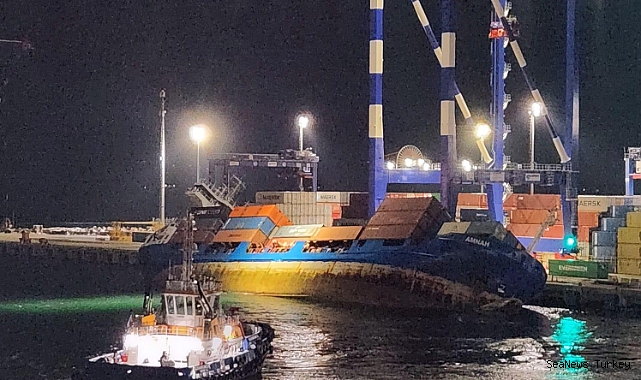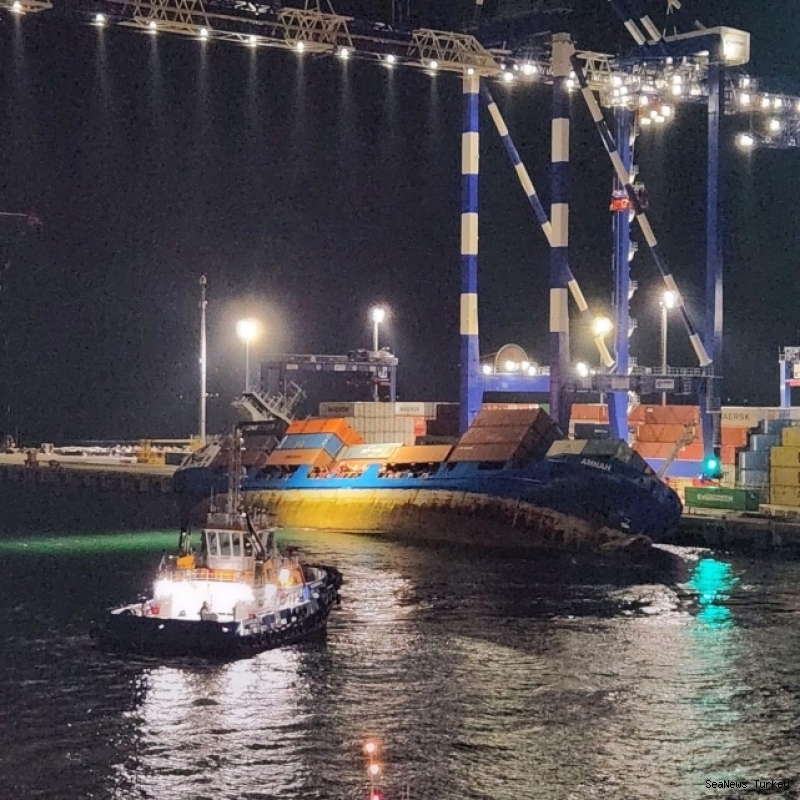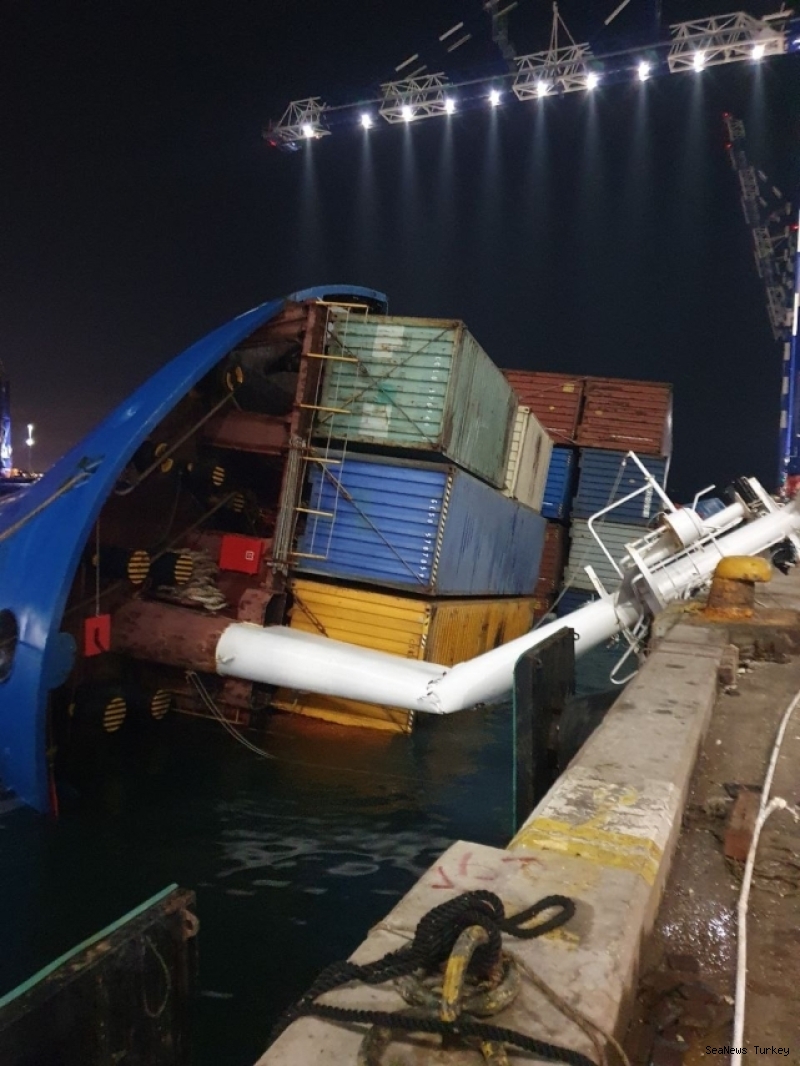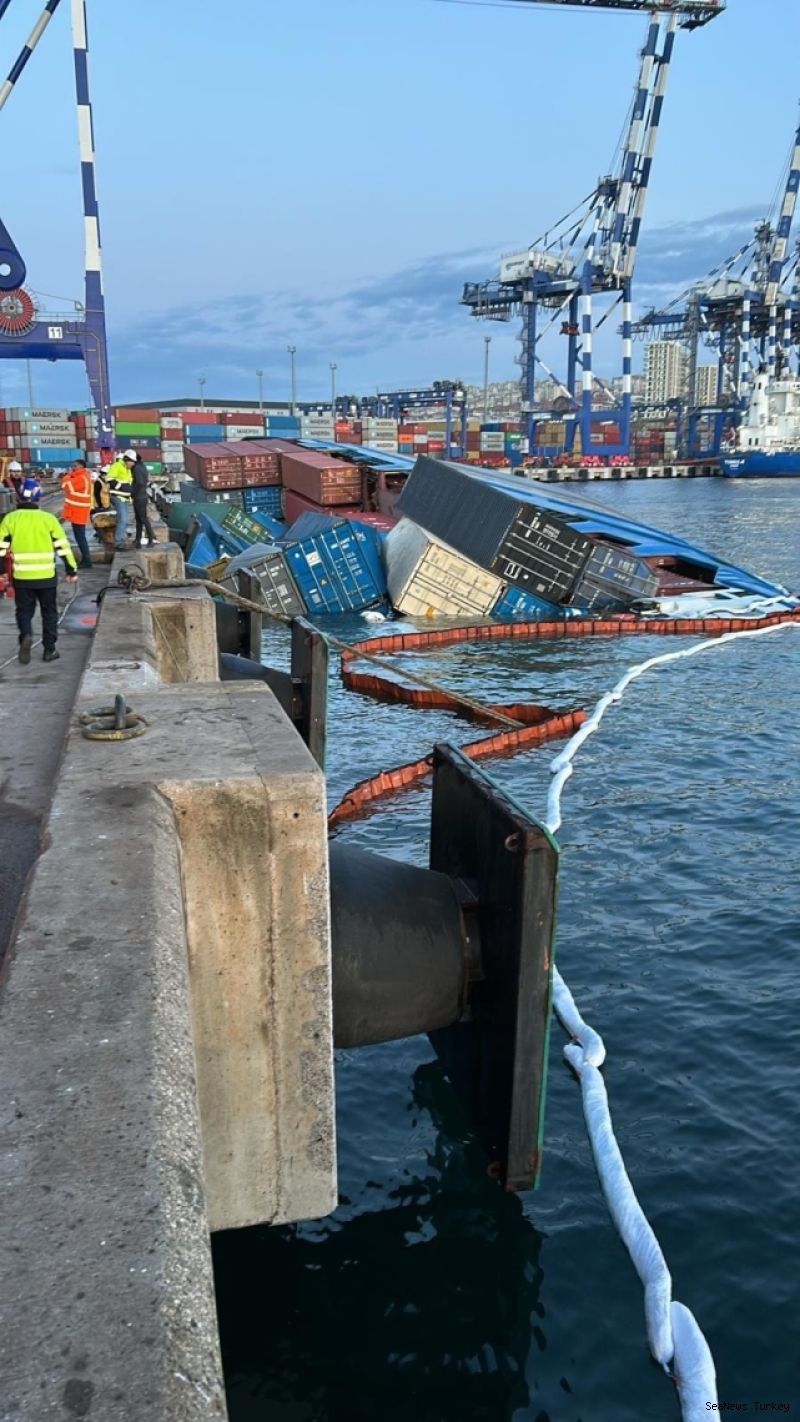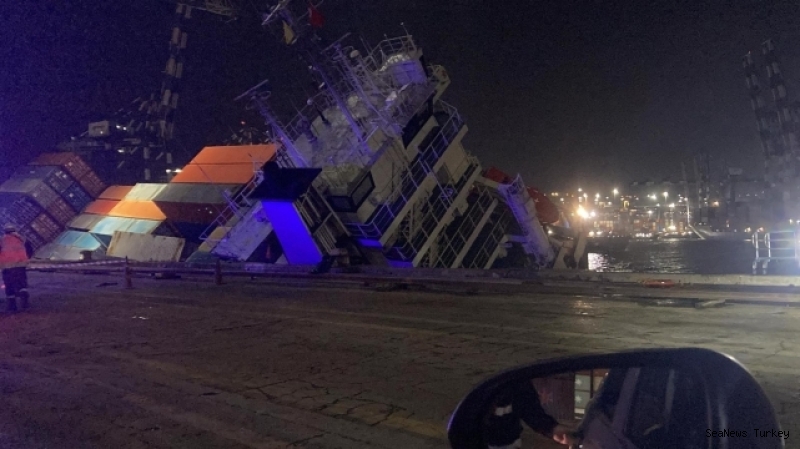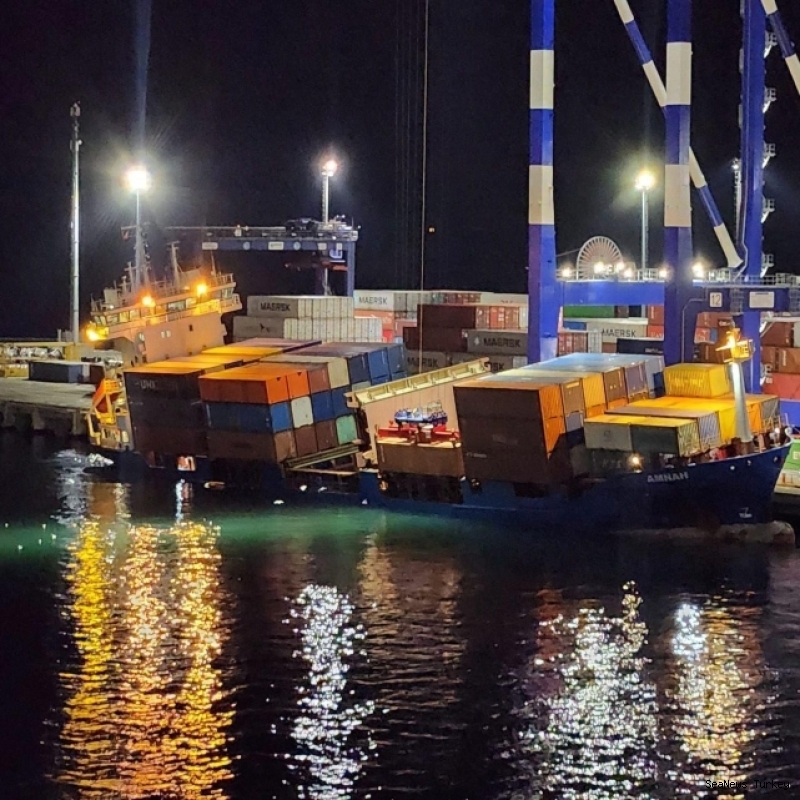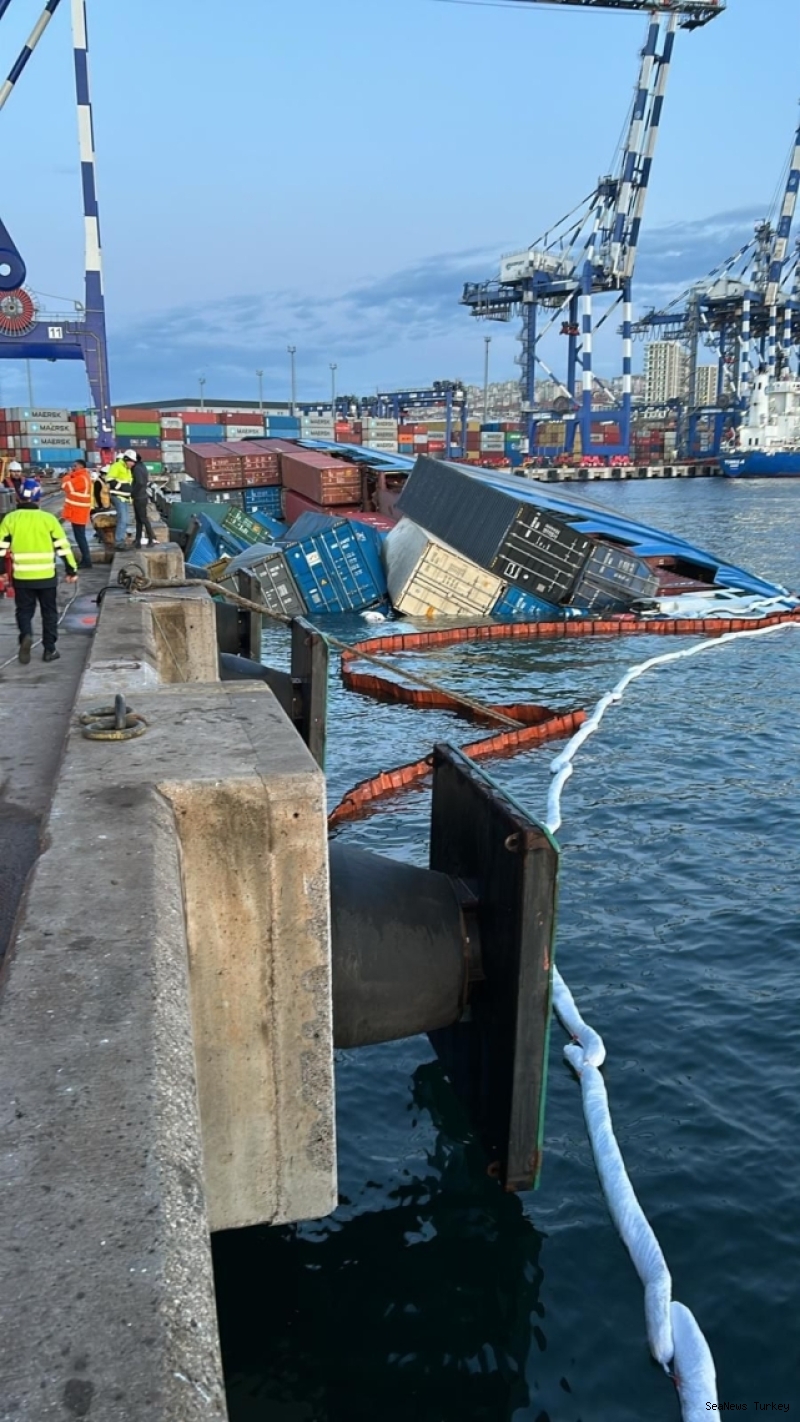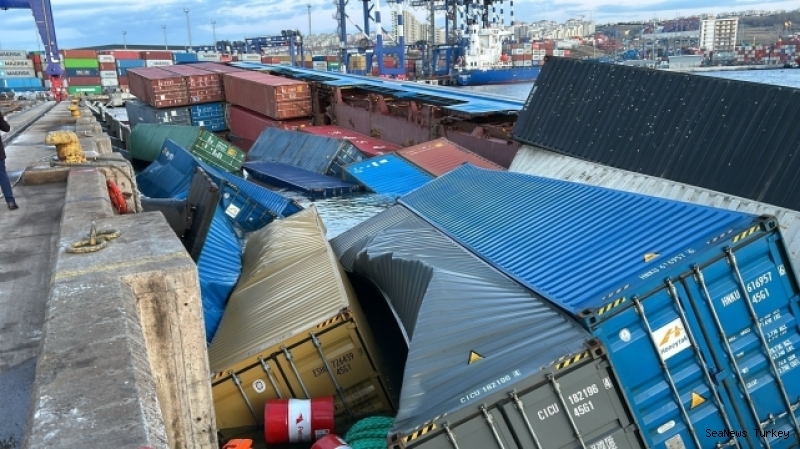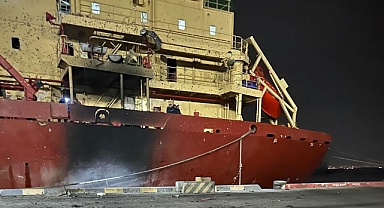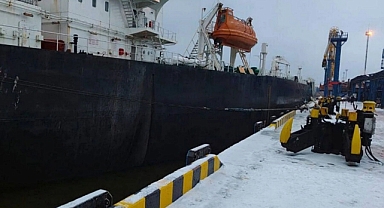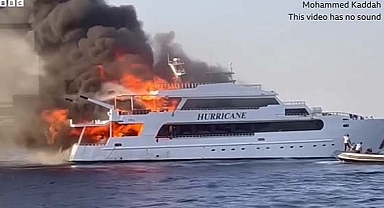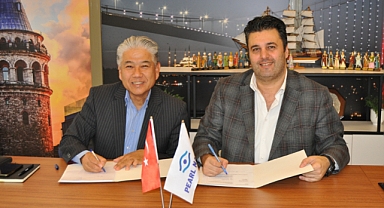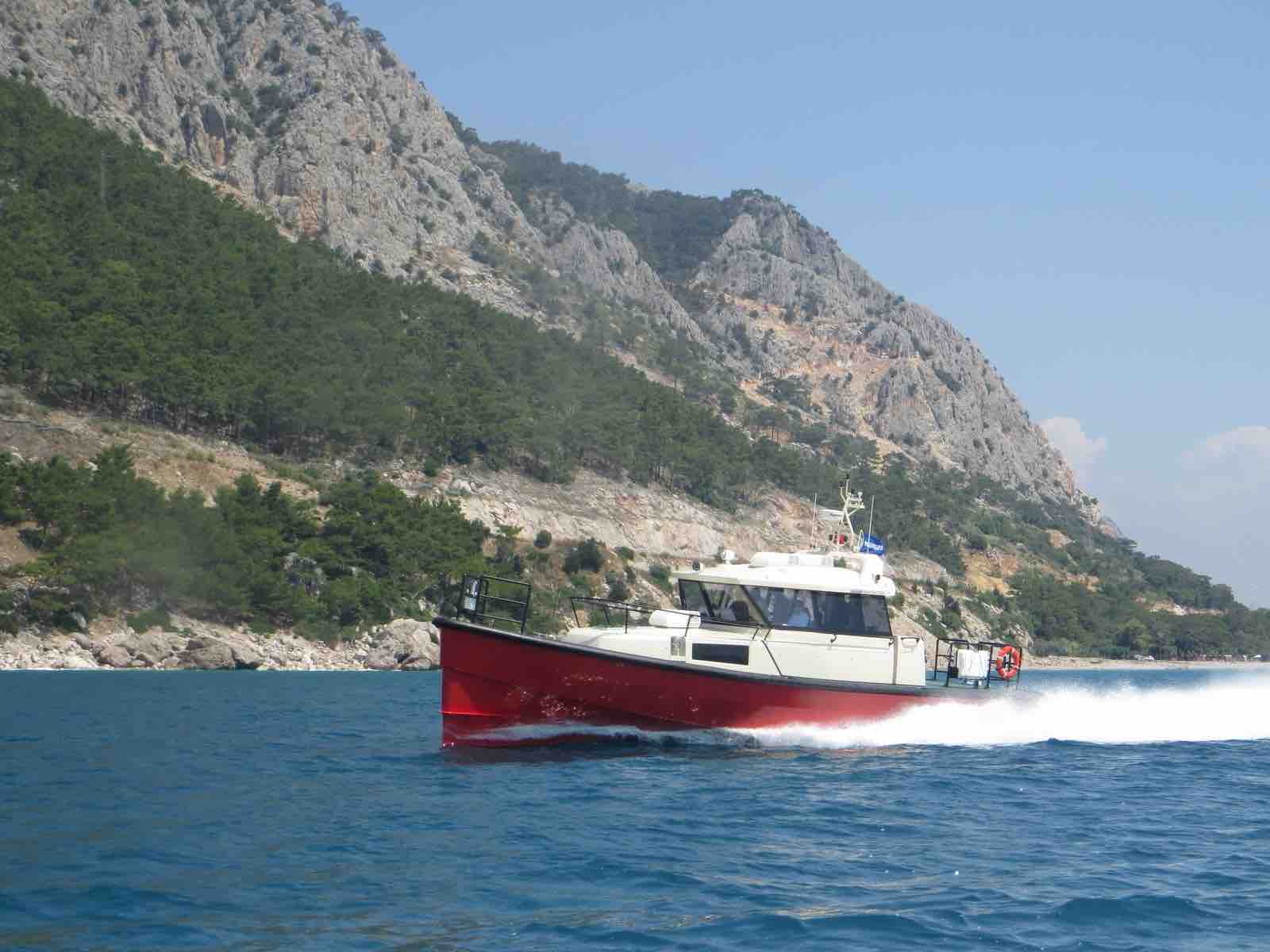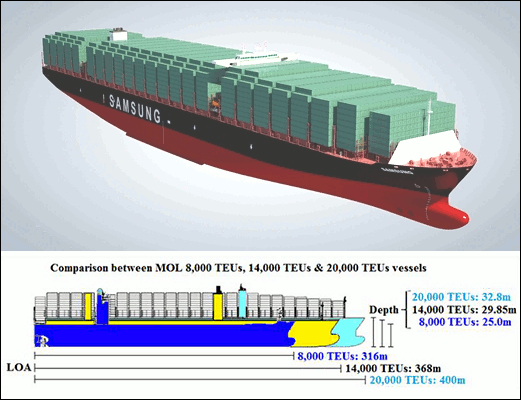The “Amnah” Vessel Capsizing Incident: Concerns over Safety, Insurance, and Port Operations
Istanbul’s Ambarlı Port in Avcılar witnessed a dramatic turn of events when the cargo vessel “Amnah” unexpectedly listed to one side while loading at the quay. The ship—approximately 101 meters long and 3999 gross tons—had already berthed and secured at the dock. However, preliminary findings suggest that improper loading plans, inadequate ballast management, and potential shortcomings in crew technical expertise may have led to negative metacentric height (GM). This condition likely caused the vessel to abruptly tip to one side.Despite no casualties or major environmental pollution being reported—an outcome viewed as fortunate under the circumstances—the financial ramifications continue to draw close scrutiny. Below are the key points surrounding the incident:Sudden Capsize During Loading
According to initial assessments, “Amnah” was receiving cargo at the quay when the ship’s stability was compromised. Experts point to a possible combination of improper load distribution, a failure in monitoring ballast water levels, and potential lapses in crew training. When the vessel’s GM (metacentric height) drops below or close to zero, even a slight imbalance in cargo distribution can trigger a rapid list to either the port or starboard side. Although a final report is yet to be published, maritime authorities and technical teams are conducting thorough investigations to confirm these early indications.Cahit İstikbal, Chairman of the Maritime Safety Association (Deniz Emniyeti Derneği), emphasized that cases of this nature underline the vital importance of robust stability calculations and crew preparedness. “In a busy and strategically significant port like Ambarlı, it is absolutely essential that all staff—from the ship’s crew to the port operators—coordinate closely throughout loading operations and strictly adhere to international safety guidelines,” he said.Insurance and Legal Aspects
The “Amnah” incident also casts a spotlight on liability and insurance matters. The vessel’s Hull & Machinery (H&M) insurance typically covers physical damages and repair costs, while Protection & Indemnity (P&I) insurance extends to liability claims, including any environmental damage and third-party losses—such as harm to port infrastructure.Initial reports indicate that the quay suffered structural damage, and some experts expect the berth to remain out of service for a considerable time for necessary repairs. This downtime may lead to financial losses for the port operator, including lost revenue from reduced operational capacity. Depending on the findings of the investigations, the shipowner’s P&I insurer could be liable for covering port damage. Moreover, authorities continue to monitor for any fuel or chemical leaks, which can carry significant legal and financial ramifications, although no major spills have been detected so far.Operational Disruptions at the PortAmbarlı Port is one of Turkey’s largest container terminals and a key hub for international trade through the Sea of Marmara. The sudden unavailability of one of its berths has forced port management to reroute ships and reorganize vessel traffic, leading to partial disruptions and potential backlogs. While immediate safety measures are taken, the full scope of the damage will only be confirmed once detailed inspections are completed.Given the port’s vital role in the supply chain, any reduction in capacity can affect import and export schedules. Technical teams continue to evaluate the extent of the quay damage, while salvage crews are working on stabilizing and refloating the “Amnah” before it can be towed to a shipyard for comprehensive repairs.Implications for the Maritime SectorThe “Amnah” incident underscores the critical nature of adherence to best practices in loading, ballasting, and crew training. Stability miscalculations can swiftly lead to life-threatening situations and costly damage. Beyond immediate financial losses, such accidents often prompt maritime authorities, insurers, and operators to tighten regulations and invest in additional training and safety measures.The final investigation report—expected once salvage operations and technical assessments are concluded—will likely spark renewed debate on safety protocols, possibly resulting in further regulatory oversight and stricter adherence to global standards. Until then, the maritime community remains vigilant, drawing lessons from the “Amnah” incident to minimize the risk of similar incidents in busy ports worldwide. 


